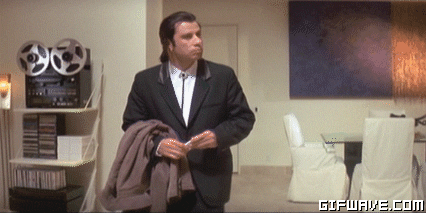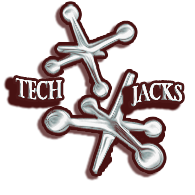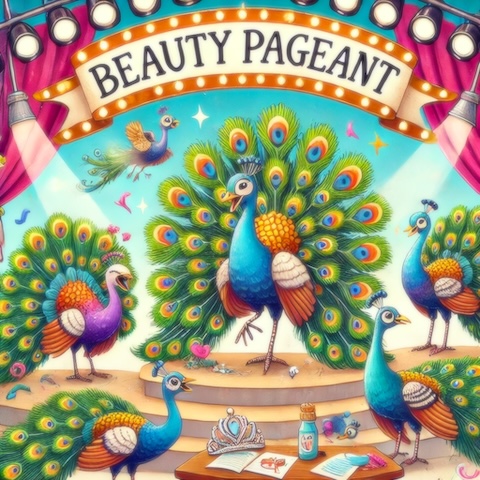LinkedIn: It’s Not Me, It’s You
LinkedIn and I have been in a complicated relationship for close to fifteen years now. Honestly, I can’t even remember when LinkedIn’s original vision was last recognizable—if it ever truly was. I tried to recall my early interactions with the platform, but that memory was tucked somewhere between the spot I regularly lose my wallet and the black hole where my car keys live.
A quick 30-second Google search pointed me to how to see my join date, December 14, 2009. That’s six years after LinkedIn launched and just enough time for it to have already begun shedding whatever innocence it had. And now, here we are, nearly 15 years later—LinkedIn and I… Still kicking… Yikes.
Some of my memberships are now so old it feels like I missed having the “birth control conversation” with them. At this point, they’re almost old enough to start applying for their own jobs.
These days, logging in feels like waking up mid-dream, right after your subconscious has finished stitching together something bizarre from loose memories and a viral TED Talk you half-watched two weeks ago. Is this still networking? Or did we take a detour into performance art?
Let’s be nice about this. LinkedIn has grown into a mess. That’s the polite way of saying it. There was a time—probably sometime between 2013 and 2016—when the platform still felt vaguely useful. But then something strange happened. It was as if we all obviously slipped into a parallel universe where everything on LinkedIn became a mash-up of self-promotion, inspirational quotes, and oddly therapeutic oversharing.
Well, that’s obvious after a couple of Old Fashioned’s. (For the curious: Angostura bitters, a burnt orange peel, and some Bulleit Rye. You’re welcome.) It’s hard to remember the last time I logged in without being hit by the naked absurdity of my feed—unfiltered and weirdly shameless.
Back then, though, I was focused. Blinders on, hustling hard, trying to turn certifications into better paychecks and a full-time employee designation. I had it all figured out—or so I thought. I was all about getting things done—on a mission to become a Network Engineer, then an IT Manager, thinking I’d unlock some kind of Rockstar life once I got there.
You know…

Because…

I’s a Rock Star?

Somewhere along the way, LinkedIn evolved into a beauty pageant—but not for faces, for philosophies. Everyone’s dolled up in positivity, dressed to impress with their latest “5 Tips for Managing Teams Like Mother Theresa” posts, and throwing digital bouquets at anyone who shares the right buzzwords. It’s not enough to be competent; you have to look serene while wrangling your inbox on a workcation during the sunset that you tainted with the pixelated glow from your laptop monitor. Good thing the whole scene was photographed! And you can share it with your entire feed!! (double exclamations, yay!) Every login feels like another rehearsal—how well can you perform today?
Maybe we crossed some invisible threshold where the lines between networking, therapy, and performance merged into one. It’s no longer just about your resume; it’s about your vibe. You don’t just update your job title—you update your attitude about the universe.
And honestly? Maybe I’ve overlooked it for too long. Who hasn’t? The virtual gift shop of positivity can be hard to resist—cheap mantras are like those souvenirs you buy at the airport just because you’ve got time to kill before boarding. Staying upbeat becomes the safest bet, because nobody logs into LinkedIn hoping to be reminded that the whole thing’s kind of ridiculous.
Signalers, Assemble!
I mean, just look around the platform now. Is it just me, or is everyone a therapist or a life coach these days? Did I miss some free “How to Become Wise Like Yoda” webinar because I refused to turn my camera on?
Half the feed feels like engagement farming wrapped in pseudo-therapy. Every time I scroll, it’s the same content in slightly different packaging:
- “No one leaves companies; they leave bad bosses.” — Yep, heard that one before(x725).
- “I’ll take a good attitude over skills any day.” — Sure, but do companies really train those good attitudes, or is that just a LinkedIn fever dream?

- “Here’s the difference between a leader and a boss…” The leader always looks like a perfect Chad; the boss is forever pointing at stone quarries with a whip.
- “Send me the wrong DM and you’re blocked!” As if the best way to teach people boundaries is to post passive-aggressively to your entire network of strangers.
It’s easy to get caught up in all this. LinkedIn is free to use (mostly), so why not put your best virtual foot forward? But somewhere in this sea of motivational posters and virtual virtue signaling, I can’t help but wonder: Are LinkedIn Affirmations really what’s missing from workforce culture? Or is it a little more complicated than that?
Billboards and Batteries
I’ve grown suspicious that most of us aren’t working because we love what we do. (Insert “Duh” meme here for yourself – I’m on break.) We work because we need to keep the lights on and cover the essentials. And when you’re in the thick of it, all you really have are the people around you—the ones who find little ways to keep everyone moving forward, despite the system being what it is.
Trying to change an organization from the inside? Good luck. At best, you’ll shift a tiny corner. At worst, you’ll get managed out. The reality is that companies exist to deliver value to their stakeholders, not to hand out life’s meaning on a silver platter.
Sure, companies care about morale—when the KPIs say they have to. It’s only when Key Risk Indicators start flashing red that organizations get concerned about morale, mainly to preserve the investment they’ve made in onboarding and training. Until then, it’s mostly about cutting costs and chasing revenue.
Walk the Walk (Or Just Keep Talking)
At the end of the day, it’s easy to say you believe in fairness and kindness. Talk is cheap. Just like those LinkedIn posts promising a brighter, better workforce—posts that get all the likes, but rarely hold anyone accountable.
I think it’s time we start tagging the people who actually live those values, not just talk about them. Instead of posting another feel-good platitude, give credit where it’s due. Shout out the ones walking the walk—the ones who make the grind a little more bearable for everyone else.
Maybe that’s the real meaning of all this signaling. Then again… I could just be signaling too.
Derrick Jackson is a IT Security Professional with over 10 years of experience in Cybersecurity, Risk, & Compliance and over 15 Years of Experience in Enterprise Information Technology




Leave A Reply